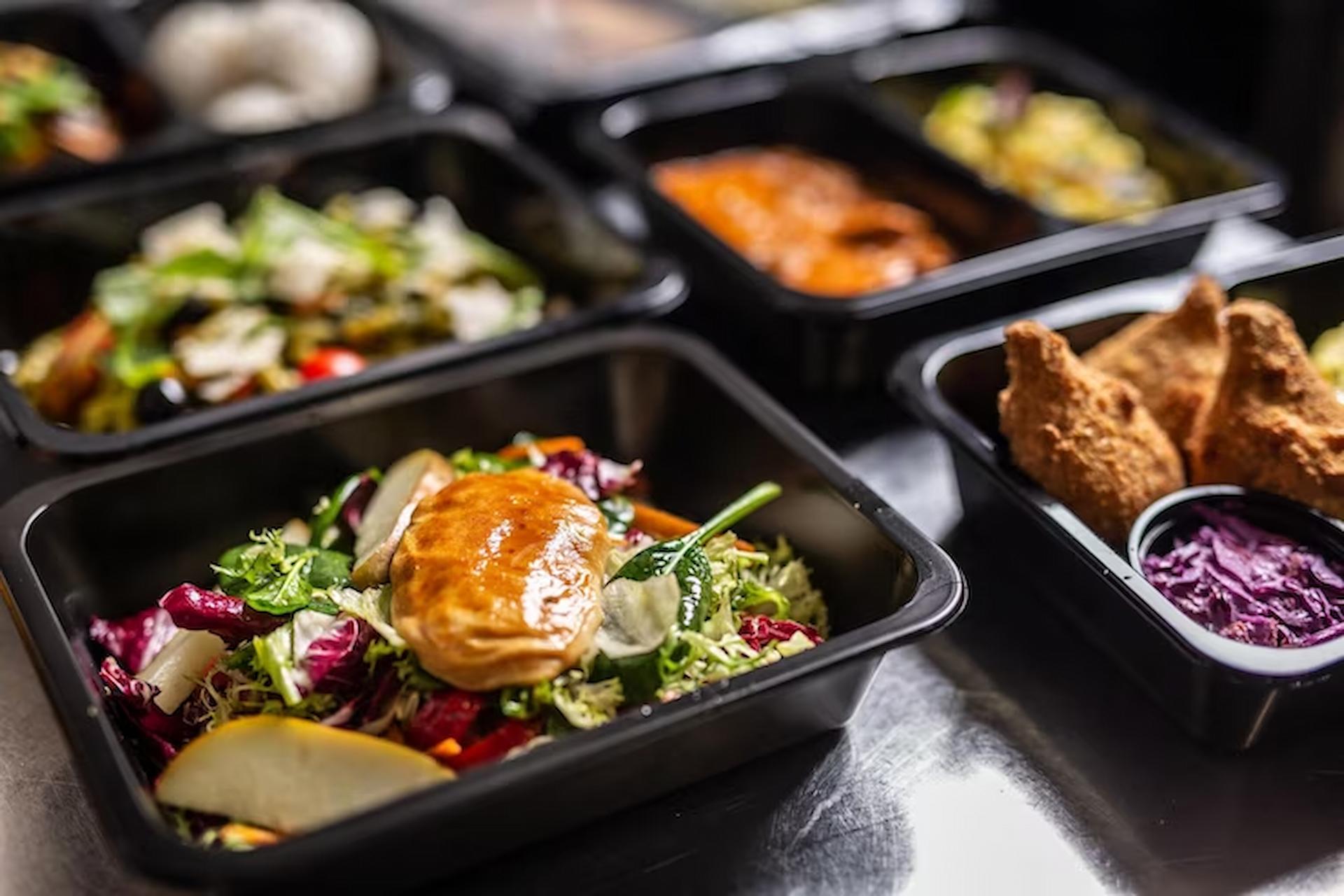The pop-up shop is not a recent phenomenon, but it has gone through a variety of considerable changes before arriving at its current incarnation. Recent or not, the phenomenon itself is interesting, particularly to those of us attached to the retail industry. Is the pop-up shop a response to an era of high-tech shops, designed for flow and ambience and maximum product exposure, diligently engineered to produce sales? It seems counter-intuitive that both the pop-up shop and the glossy modern superstore have relatively high margins: existing on the extremes, on the very fringes of the average retail experience, the two have almost nothing in common, except this: there’s a lot we can learn from both approaches.
In the spirit of ‘take what you need and leave the rest’, it is up to responsible retail managers to look at the pop-up model and adapt what is useful in its philosophy to their own premises, particularly where display and promotion is concerned.
Modernism and minimalism
One thing that the average pop-up shop gets right is its simplicity. It probably only sells one range of products, necessarily a narrow range, which makes it easy for customers to engage with it and also makes it easy for its staff to understand what the purpose of the space is and use display and promotional material accordingly. Permanent premises have a lot more stock, a lot more staff, and a lot more space, which are real assets but also a disadvantage.
Strive for simplicity by ‘zoning’ every store by product type and purpose, and then use display material to define every zone so that products are easy to find and evaluate. Seek to establish a coherent scheme of colours, fonts and styles on all signage and display material, and signpost the customer’s journey through the space. If in doubt, showcase less stock rather than more to avoid clutter, while making it clear where customers can access a full list of available products.
Fit for purpose
Despite their temporary nature, pop-up shops always employ high-quality, heavy-duty display and shelving units. This can seem counter-intuitive until you remember that they have to stand up to being rebuilt and dismantled, stored and transported several times a year, demands which are not made of display material or retail furniture in the average retail premises. Make this idea your own by investing in a smaller number of better, more durable racks and shelving units that will last. Choose solid, good quality display cases and cases or covers for promotional material: glass and metal will outlive plastic every time, and give advertising or branding signage a high-end feel.
The real McCoy
The final thing that pop-up premises do surprisingly well is to establish legitimacy. Due to their very nature, temporary shops face a real hurdle in convincing customers to trust them enough to enter and spend. They do it by displaying brand-focused material wherever possible, and striving for consistency, as well as calling upon their wider brand presence in all of their promotional material. Try it yourself by incorporating some advertising material which is to do with brand values and trust rather than directly promotional, and make your online, social media and offsite presence felt.
Author bio
The author is an experienced retail worker who writes dispatches from the shop floor on all areas of the industry, including careers and training, customer service, human resources and retail design.
She often visits www.displaydevelopments.co.uk to find out about the latest advances in retail display and design.




